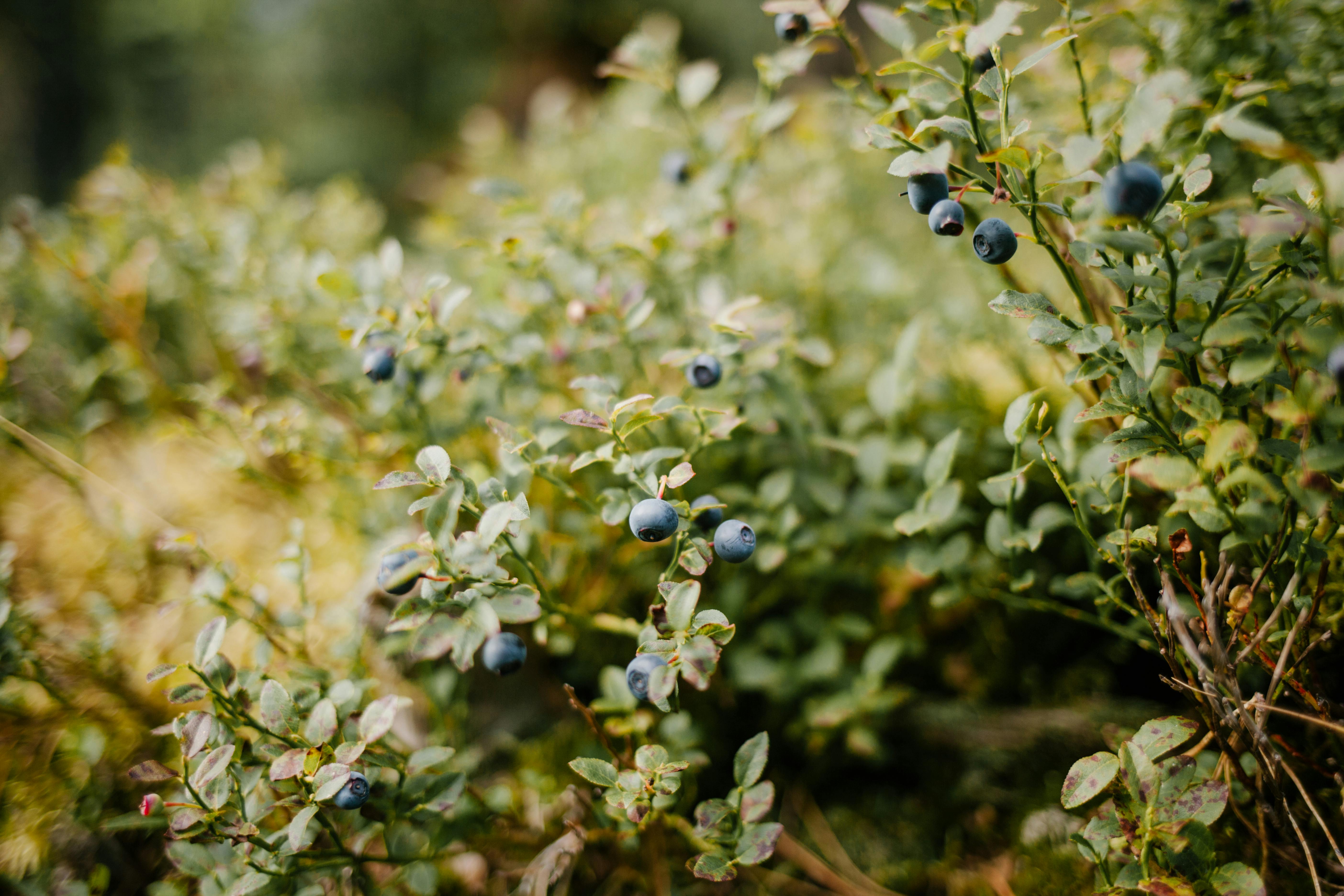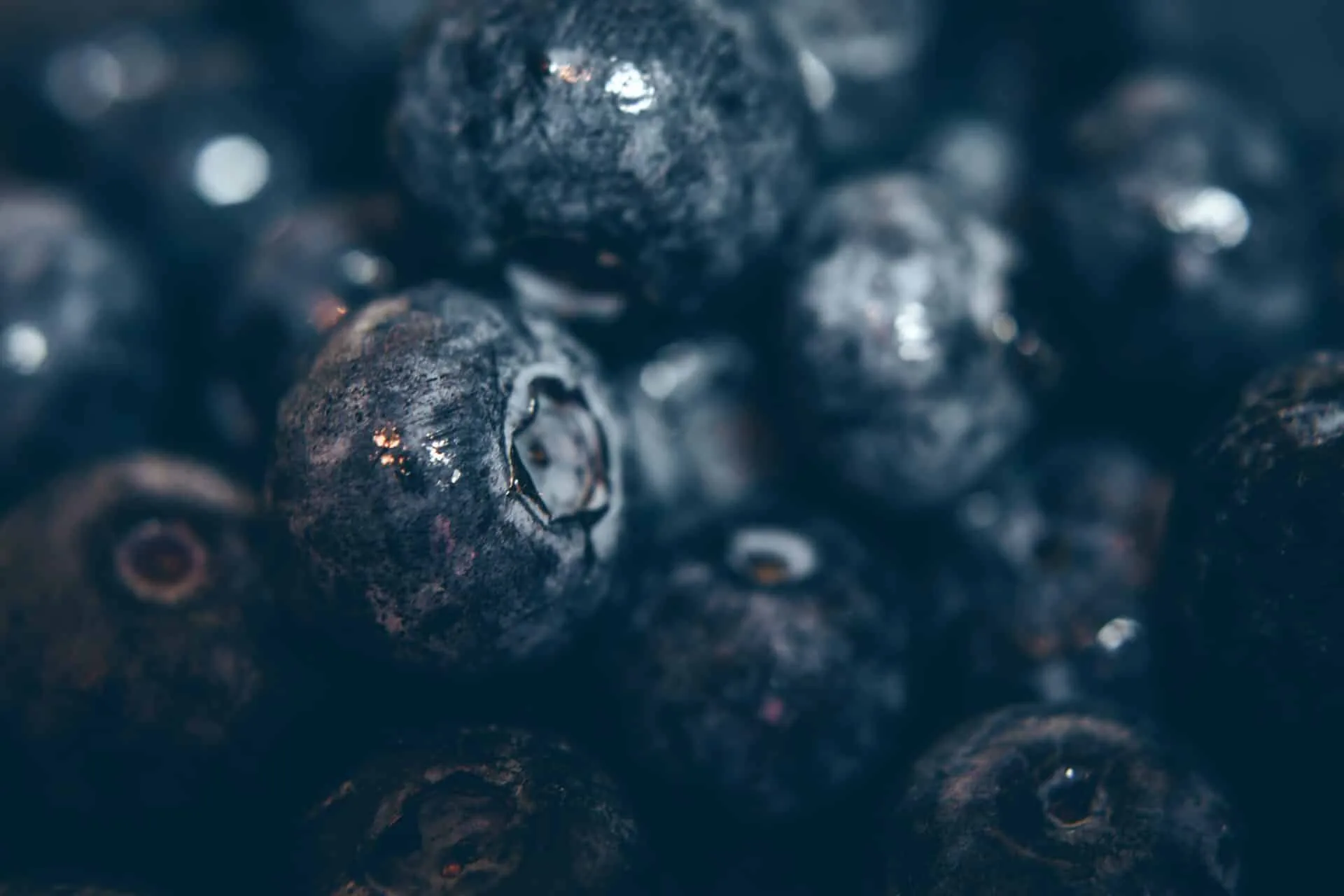If you have been growing blueberry bushes in your garden for a while, you may have noticed that they are not producing as many berries as they used to. This can be very frustrating, especially if you were counting on the harvest to make jams and pies. Luckily, there are some common reasons why your blueberry bushes may not be producing as much fruit as you would expect. In this article, we will discuss some of the most common causes of poor blueberry production and what you can do to try and improve the yield of your bushes.There are several potential reasons why blueberry bushes may not be producing. One potential reason is inadequate sunlight. Blueberry bushes require a minimum of 6 hours of direct sunlight each day in order to produce fruit. If the bushes are not receiving enough sunlight, they will not produce fruit.
Another potential reason is improper soil pH. Blueberry bushes prefer acidic soil with a pH between 4 and 5.5. If the soil pH is too high or low, the blueberry bush will not produce fruit.
A third potential reason could be inadequate water or nutrients. Blueberry bushes require consistent watering and regular applications of fertilizer to produce fruit. If these requirements are not met, the bush may fail to produce fruit.
Finally, some blueberry varieties may require cross-pollination in order to bear fruit. If there is only one blueberry bush in the area, it may not produce any fruit due to a lack of a pollinating partner.
Soil Requirements for Blueberry Bushes
Blueberry bushes require a specific type of soil in order to thrive. The ideal soil for blueberry bushes should be well-drained, acidic, and high in organic matter. The pH level should be between 4.5 and 5.5, with a slightly acidic soil being preferable. Additionally, the soil should contain ample amounts of nitrogen, phosphorus, and potassium for optimal growth and production of berries. Compost or manure can be added to increase the nutrient content of the soil.
The soil should also contain good drainage; if it’s too wet or soggy, the roots may rot or become damaged due to lack of oxygen. Adding sand or perlite can help create an environment that is both well-draining yet still retains moisture when needed.
It is important to keep weeds away from blueberry bushes; they compete with the plants for water and nutrients which can reduce yields significantly. Mulch can be used around the base of the plants to help keep weeds at bay while also helping to retain moisture in the soil and regulate temperatures throughout the growing season.
Overall, it is important to provide blueberry bushes with a well-draining yet nutrient-rich soil in order to ensure good yields and healthy plants. Taking care to provide adequate drainage and keeping weeds away from around the plants will help ensure healthy growth throughout the season and bountiful harvests of delicious blueberries!
How to Test Soil Acidity
Testing soil acidity is an important step in understanding the pH of the soil and how it may affect plants grown in it. The soil pH is a measure of the acidity or alkalinity of a soil, which affects how plants absorb nutrients from the soil. Testing the pH of your soil is the first step towards understanding how to improve and maintain its fertility. There are several methods for testing soil acidity, but all involve collecting a sample of soil and measuring its pH using either a digital meter or chemical test strips.
The most common method for testing soil acidity is with a digital meter, such as an electronic pH meter. An electronic pH meter is a device that measures electrical potential difference between two electrodes placed in the soil sample. The electrodes measure changes in hydrogen ion concentration (pH) and display the results on a digital readout. These meters are relatively inexpensive and can be used to measure both surface and subsurface pH levels.
Chemical test strips are another method for testing soil acidity. These strips contain indicator dyes that change color when exposed to different concentrations of hydrogen ions (pH). The color change indicates the approximate pH level, which can then be compared to charts that indicate what type of plants would grow best in that particular soil environment. Chemical test strips are inexpensive but less precise than digital meters.
Finally, there are some more complex methods for testing soil acidity, such as titration or gas chromatography. These methods involve collecting samples from different depths within the soil profile and measuring their individual pH levels with specialized equipment. While these methods can provide more accurate measurements than other methods, they require specialized equipment and expertise and are usually reserved for research purposes.
Nutrient Deficiencies in Blueberry Plants
Blueberry plants require several essential nutrients for healthy growth and production. However, when plants lack sufficient amounts of these nutrients, they can experience nutrient deficiencies that can lead to stunted growth, poor fruit production, and even plant death. Common nutrient deficiencies in blueberry plants include nitrogen deficiency, potassium deficiency, magnesium deficiency, iron deficiency, zinc deficiency and boron deficiency.
Nitrogen is a key component of plant growth and photosynthesis. Without sufficient levels of nitrogen in the soil, blueberry plants can experience yellowing of the leaves as well as reduced growth rates. Nitrogen deficiency can be remedied by applying fertilizer or compost to the soil.
Potassium is necessary for plant metabolism and water regulation. A potassium deficiency in blueberry plants can lead to premature leaf drop and poor fruit production. To remedy a potassium deficiency, add potassium sulfate or muriate of potash (MOP) to the soil at the rate recommended on the package label.
Magnesium is important for photosynthesis and helps to activate enzymes that are involved in many metabolic processes. Magnesium deficiencies can cause yellowing between the veins of older leaves as well as slow growth rates in young plants. To remedy a magnesium deficiency, apply dolomitic limestone or Epsom salts (magnesium sulfate) to the soil at the rate recommended on the package label.
Iron is necessary for chlorophyll production and helps ensure that leaves remain green and healthy looking. Iron deficiencies cause yellowing between the veins of young leaves as well as stunted plant growth. To remedy an iron deficiency apply chelated iron or ferrous sulfate to the soil at the rate recommended on the package label.
Zinc plays an important role in plant metabolism and is essential for healthy plant growth and development. Zinc deficiencies cause irregular yellow spots on young leaves as well as stunted shoot growth in young plants. To remedy a zinc deficiency, apply zinc sulfate or zinc chelate to the soil at the rate recommended on the package label.
Boron is necessary for cell division and helps ensure proper root development in blueberry plants. Boron deficiencies cause small brown spots on young leaves as well as poor flowering and fruiting production. To remedy a boron deficiency apply liquid boron-containing fertilizer or borate powder to the soil at recommended rates on package labels
Checking for Nutrient Deficiencies
Nutrient deficiencies can lead to a variety of health problems, so it is important to be aware of the signs and symptoms and know how to check for them. The best way to check for nutrient deficiencies is by consulting a healthcare professional. A doctor or nutritionist can provide advice on nutrition and supplement use and can help diagnose any underlying medical conditions that might be causing the deficiency. They can also order tests to determine which nutrients are deficient in your body.
If you suspect that you may have a nutrient deficiency, it is important to take action as soon as possible. The earlier the deficiency is identified, the easier it will be to treat and prevent any long-term complications. Making dietary changes, taking supplements, or making lifestyle changes can help restore your nutrient levels and improve your overall health.
It is also important to be aware of the signs and symptoms of nutrient deficiencies so that you can take action if necessary. Common signs and symptoms include fatigue, weakness, irritability, hair loss, brittle nails, dry skin, unusual cravings for certain foods such as sweets or salty snacks, difficulty concentrating, dizziness, and poor memory. If you experience any of these symptoms on a regular basis or if they become severe enough to interfere with your daily activities, it is important to seek medical advice.
Overall, checking for nutrient deficiencies is an important part of maintaining good health. Consulting a healthcare professional should be your first step if you suspect that you may have a nutrient deficiency. They can provide advice on nutrition and supplement use as well as testing to determine which nutrients are deficient in your body. It is also important to be aware of the signs and symptoms so that you can take action if necessary.

Insects That Attack Blueberry Bushes
Blueberry bushes are a popular choice for home gardening, however, often times they can be vulnerable to certain insect pests. Common insects that attack blueberry bushes include the blueberry maggot, Japanese beetles, and spider mites. These insects can cause serious damage to the bush if left unchecked.
The blueberry maggot is a small fly that lays its eggs on the fruit of the bush. The larvae feed on the fruit and can cause it to become discolored and distorted. If left unchecked, the maggot infestation will spread quickly and can ruin an entire crop of blueberries in a short amount of time.
Japanese beetles are another insect that can damage blueberry bushes. They feed on the leaves and flowers of the bush, resulting in wilting foliage and reduced yields. They also bore into the stem of the plant, weakening its structure and making it prone to disease.
Finally, spider mites are tiny arachnids that feed on plant sap and create webs around their feeding sites. These mites can stunt growth in young plants or cause yellowing leaves in established plants. They reproduce quickly and can become difficult to control if left unchecked for too long.
In order to combat these insect pests, it is important to inspect your blueberry bush frequently for signs of infestation and take preventative measures if necessary. Pruning dead or damaged branches should help reduce populations of Japanese beetles or spider mites while using traps or sprays specifically designed for controlling blueberry maggots may help keep them at bay as well. Proper maintenance will help ensure your blueberries remain healthy and pest-free throughout the growing season!
Identifying Insect Damage on Blueberries
Blueberries are a popular and nutritious fruit that is enjoyed by many. Unfortunately, these delicious berries can be susceptible to damage caused by insects. In order to protect your blueberry bushes from harm, it is important to be able to identify insect damage on blueberries so that appropriate measures can be taken.
One way to identify insect damage on blueberries is by looking for holes in the skin. These holes are usually made by small pests such as caterpillars, beetles, or moths. If you see tiny holes in the skin of your berries, this may indicate that an insect has been feeding on them.
Another sign of insect damage is discoloration of the skin or leaves of the blueberry bush. If you notice that the leaves or berries are starting to turn yellow or brown, it could be a sign of an infestation. Many insects feed on the sap from plants which can cause discoloration and wilting of leaves and berries.
Finally, you may also notice clusters of eggs or larvae near the affected area. These eggs can often be found near damaged areas as they are laid by insects who have been feeding on the plant material. If you find clusters of eggs or larvae near your blueberry bushes, it is likely that they are causing damage and should be removed immediately to prevent further infestation.
By being aware of these signs of insect damage on blueberries, you will be able to take action quickly if you notice any signs of trouble. This will help ensure that your crop remains healthy and free from pests and disease
Common Diseases That Impact Blueberry Bushes
Blueberry bushes are among the most popular types of fruit-bearing plants in many home gardens. Unfortunately, they are also prone to a variety of diseases that can cause significant damage. Common diseases that impact blueberry bushes include Anthracnose, Botryosphaeria Canker, and Phomopsis Cane Blight.
Anthracnose is a fungal disease caused by the fungus Colletotrichum gloeosporioides. It typically affects young shoots and leaves, but can also affect fruit and blossoms. Symptoms include small spots on the leaves or stems which may become sunken or distorted with time. The best way to control Anthracnose is to remove infected branches and dispose of them in the garbage. Spraying with an appropriate fungicide may also be necessary.
Botryosphaeria Canker is a fungal disease caused by the fungus Botryosphaeria dothidea. It typically affects older branches and twigs, but can also affect fruit and flowers. Symptoms include large brown spots on the branches or twigs which may become girdled over time. To control Botryosphaeria Canker, prune out infected areas and dispose of them in the garbage. Spraying with an appropriate fungicide may also be necessary.
Phomopsis Cane Blight is a fungal disease caused by the fungus Phomopsis vaccinii-corymbosi. It typically affects older branches and twigs, but can also affect fruit and flowers. Symptoms include dark spots on the branches or twigs which may become girdled over time. To control Phomopsis Cane Blight, prune out infected areas and dispose of them in the garbage. Spraying with an appropriate fungicide may also be necessary.

Conclusion
In conclusion, blueberry bushes need the right combination of soil, water, sun exposure and fertilizer to produce a good crop. If any of these elements are not present or out of balance, the bush may not produce at all. It is important to identify why your blueberry bushes are not producing and take the appropriate steps to improve them. This could include testing the soil pH, providing adequate drainage, ensuring proper watering and fertilizing, and removing any obstructions that may be preventing sunlight from reaching the plants. With patience and diligence you can ensure that your blueberry bushes will become productive again.
Overall, blueberry production requires a delicate balance of certain elements. By understanding what your blueberry bushes need and taking steps to provide them with proper care, you can ensure a healthy harvest in years to come.



